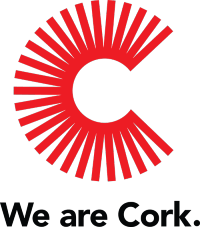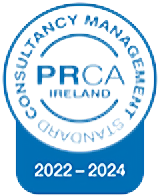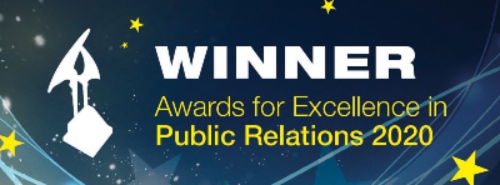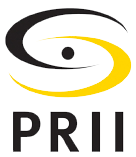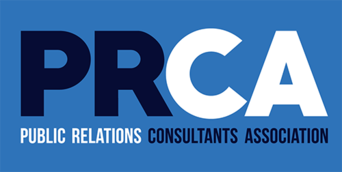Effective Internal Communication during Covid-19: Leading your team through a crisis
Covid-19 took the world by surprise. The challenges that businesses are now facing are ones which we could not have even imagined or planned for at the beginning of the year. An organisation’s ability to respond effectively and, indeed, thrive during a crisis relies on its willingness to plot a course forward which supports its team by adapting to new styles of employee engagement and ensuring that channels of communication remain as open and active as possible. When it comes to business success, effective internal communication channels are the cornerstone.
Be a source of reliable information
In a time of extreme uncertainty, it is crucial that you provide your employees with accurate and up to date information. The volume of everchanging news, statistics, speculation and misinformation that is infiltrating everyday discourse means that people can easily become overwhelmed by the gravity of the situation. As their employer you can support them in becoming a source of trustworthy information. Providing morning news summaries can encourage your employees to stay up-to-date but discourage them from regularly refreshing news feeds which can become overwhelming. AM O’Sullivan PR currently circulates a morning digest email to all clients which outlines the key Covid-19 stories that people need to be aware of every day.
Organisations should be particularly aware of what each phase of restrictions means for them, and for their employees. Your team will be waiting to hear how each government announcement will impact them. While their priority will, naturally, be on how it will impact on their day-to-day lives, they will also have concerns around changes to how their workplace operates now and in the future. It is important that you keep the lines of communication open and active. Create an expectation for your employees that they will receive a communication prior to and following all significant government updates. This will provide very welcome reassurance.
New work practices – lead by example
Remote working has now become the normal practice for a very large contingent of the workforce. A few months ago, software like Zoom, Google Hangouts and Slack were tools which augmented standard work practices in office environments. Now, they are a critical part of how we work. For many organisations, these channels are now the go-to means of replicating face to face meetings and working collaboratively with colleagues. But this does not have to be viewed as a negative, quite the opposite in fact. These tools can help maintain open channels of communication between all members of your team, no matter where they might be located.
It is crucial that business leaders are seen to embrace the available technology and allow employees to feel comfortable in engaging using this software. In ‘normal’ working environments, conversations run in two directions. Too often it can be easy for top-down communication to dominate when conducting virtual meetings, so it is important that your employees feel empowered to not only actively participate in all-hands calls, but also have access to the software so that they can arrange virtual meetings with colleagues to work on projects together.
Not everyone is on the same schedule
Check in with your employees. Allow and encourage their feedback by making use of pulse surveys, Q&A sessions or virtual townhalls. They may be facing challenges that will impact upon their work. It is vital that we recognise that not everyone is working ‘normal hours’ right now, and by keeping an open dialogue with your employees you can ensure that your team will be prepared to help one another when the workload becomes a challenge. Ensure that your employees feel empowered to embrace flexible working schedules by communicating in a manner that caters to those arrangements. When it is not possible to schedule a meeting for a time that suits everyone, make content available for a 24 window and give everyone the opportunity to provide feedback at a time that suits their working day.
There are also other mitigating factors to consider, for example if you are working for a global organisation, it is important to be aware of the local situation for each of your employees. Countries are currently experiencing varying levels of government restrictions, and your employees may be impacted in ways that are not currently affecting you personally. Leading your team during this time means making the best possible use of the time that your employees have available.
Be Clear, Be Concise, Be Consistent
If a complex message is communicated within an office environment, employees will often turn to each other to quickly verify exactly what is being asked of them. They might take a walk to the office of the sender of the message just to clarify the exact details. We now find ourselves working in what can at times feel like an extremely isolated environment, and the opportunity to turn to a colleague or walk to an office in order to discuss an email is no longer available to us. Even the idea of picking up the phone to have a quick chat might not be possible due to people trying to fit their work life around their family life.
It is vitally important that employee communications are delivered in a manner that is easily understood, and if that is not always possible, leaders must be willing to make themselves available to clarify details via follow up emails or calls. If in doubt, ask someone to sense-check your internal communication before distribution to ensure it is going to achieve the desired objective. Over the last number of weeks, AM O’Sullivan PR has been assisting our clients in drafting communications which hit the right note with employees. Delivering information to your employees in a clear and legible manner has never been more important.

